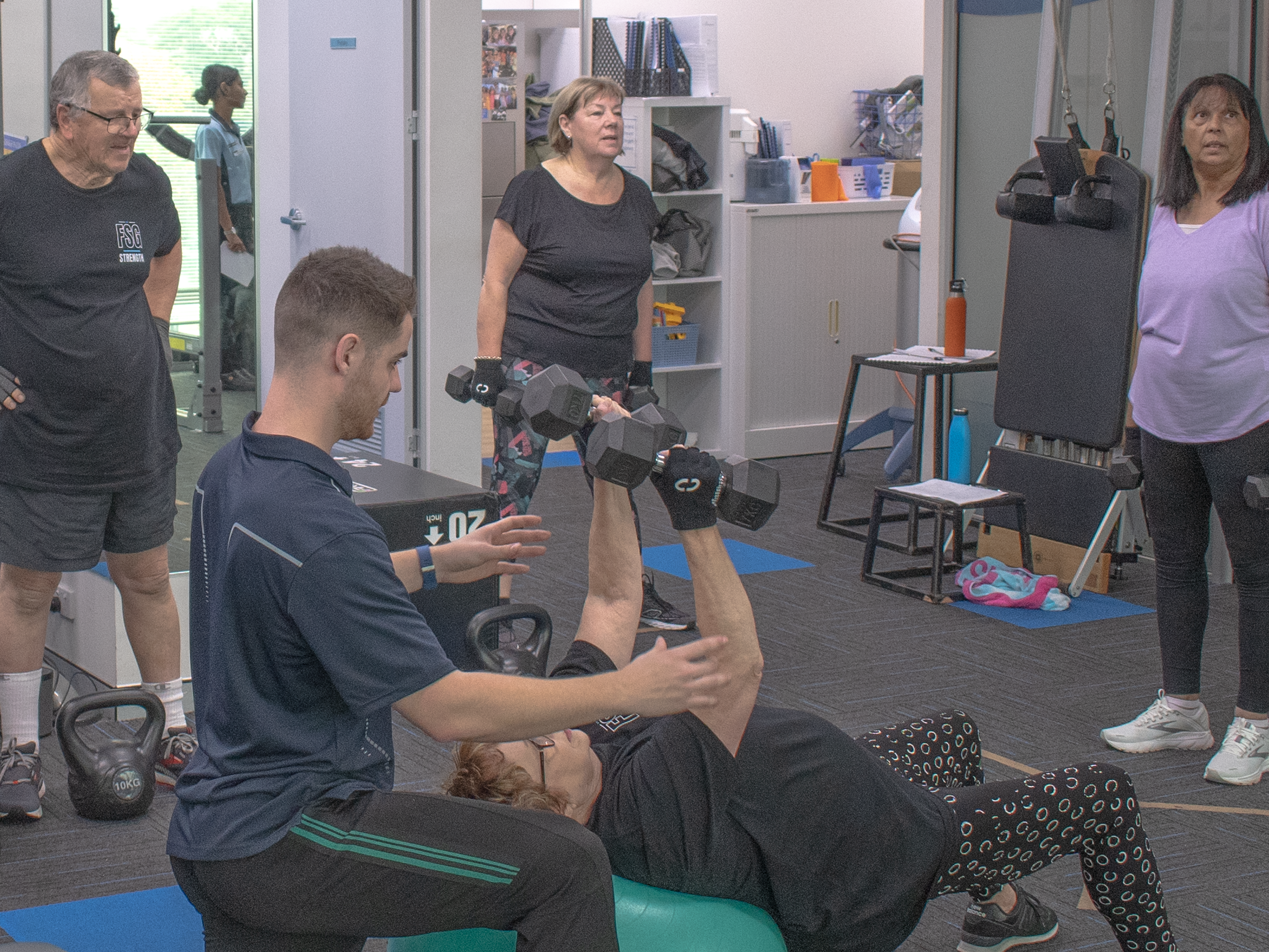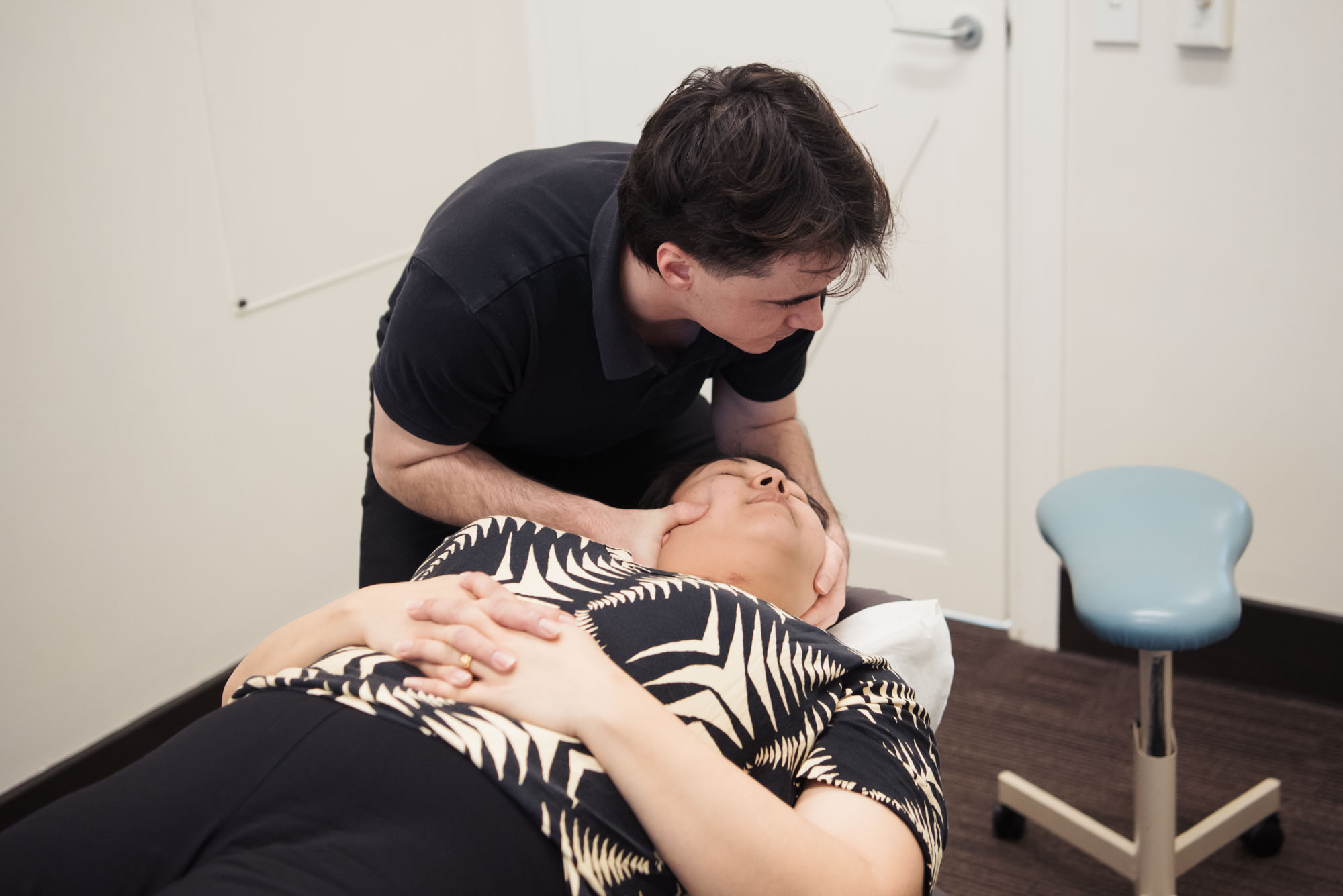Struggling with constant headaches or migraines? Discover how chiropractic care can provide lasting relief by addressing the root causes of your pain. From tension headaches caused by stress and poor posture to migraines triggered by lifestyle and environmental factors, this blog dives into effective, natural solutions that go beyond just masking the symptoms. Learn how spinal adjustments, muscle tension release, and lifestyle changes can help you regain control of your life.
Table of Content
What are the Causes of Headaches and Migraines?
What are some migraine triggers?
How to get rid of a headache with Chiropractic care?
Benefits of Chiropractic care for headache and migraine relief
What to expect during a Chiropractic visit for headache relief?
Introduction
Headaches and migraines can be incredibly disruptive, affecting everything from work productivity, your social life to daily tasks. While over-the-counter medications may offer temporary relief, they often mask the symptoms without addressing root causes. Did you know that many types of headaches, including tension headaches and cervicogenic headaches, can be linked to issues such as spinal dysfunction and muscular tension? This is where chiropractic care can make a difference, providing a natural, non-invasive solution to manage and reduce headache frequency and intensity by addressing the underlying causes.
In this blog, we’ll explore how chiropractic care can support headache and migraine management, helping you achieve lasting relief and improved quality of life.

What are the causes of headaches and migraines?
Headaches and migraines come in various forms and can be triggered by numerous factors. Two common types that respond well to chiropractic care include tension headaches and cervicogenic headaches.
- Tension Headaches: Often caused by muscle tightness around the head, neck, and shoulders. Tension headaches can result from poor posture, stress, or prolonged sitting. This tension can create a dull, persistent ache or tightening sensation as muscles pull on surrounding tissues and nerves.
- Cervicogenic Headaches: These headaches originate from issues in the upper cervical spine and can be triggered by spinal dysfunction, irritated nerves, or muscular strains. Dysfunction in the upper cervical spine may lead to inflammation and irritation, causing referred pain in the head.
By focusing on spinal health, function, and muscular tension relief, chiropractic care can address these root causes and help manage chronic headache symptoms.
What are some migraine triggers?
Migraines can be triggered by a variety of factors. Understanding these triggers is key to managing and reducing the frequency and intensity of attacks. Common physical triggers include lack of sleep, dehydration, or skipping meals. Stress and anxiety are also major culprits, as they can lead to muscle tension and changes in brain chemistry. Environmental factors like strong smells, bright lights, loud noise or sudden weather changes can exacerbate symptoms as well. Hormonal shifts, especially in women around menstruation or menopause, are another frequent trigger.
Additionally, certain foods and beverages, such as caffeine, alcohol, chocolate, or foods containing MSG, can set off a migraine in susceptible individuals. People with migraines need to track these potential triggers, as each person’s migraine profile can be unique, and pinpointing what sets off an attack can lead to better prevention and management strategies.

What are migraine symptoms?
Migraine symptoms can vary between individuals and across migraine episodes, but they typically include both pre-headache symptoms (known as prodrome or aura) and headache symptoms. Here’s an overview of common symptoms associated with migraines:
-
Prodrome Symptoms (Early Warning Signs)
-
Mood Changes: Irritability, depression, or euphoria.
-
Food Cravings: Unusual cravings or increased appetite.
-
Fatigue: Feeling very tired or having difficulty concentrating.
-
Neck Stiffness: Tightness or discomfort in the neck and upper shoulders.
-
Frequent Yawning: Unexplained yawning, even when not tired.
-
Digestive Issues: Constipation, diarrhea, or nausea.
These symptoms can occur hours or even a day or two before the headache phase begins.
-
Aura Symptoms (Experienced by Some Migraine Sufferers)
-
Visual Disturbances: Seeing flashing lights, zigzag patterns, or blind spots (scotomas).
-
Sensory Changes: Tingling, numbness or pins and needles, often starting in the face or hands.
-
Speech Difficulties: Trouble speaking or finding the right words.
-
Auditory Changes: Ringing in the ears or sensitivity to sounds.
-
Balance Difficulties: Vertigo symptoms or unsteadiness on one's feet.
Aura symptoms generally last between 5 and 60 minutes and may occur before or during the headache phase.
-
Headache Symptoms (Main Phase)
-
Throbbing or Pulsating Pain: Often on one side of the head, though it can occur on both.
-
Sensitivity to Light (Photophobia): Bright lights can worsen the headache.
-
Sensitivity to Sound (Phonophobia): Loud noises can intensify the pain.
-
Nausea and Vomiting: Common with migraines and can be severe.
-
Sensitivity to Smell (Osmophobia): Scents or odors may become overwhelming or aggravate symptoms.
-
Dizziness or Lightheadedness: Feeling unsteady or faint.
Migraine headaches can last from a few hours to several days, typically ranging from 4 to 72 hours if untreated.
-
Postdrome Symptoms (After the Headache)
-
Exhaustion: Feeling drained or fatigued.
-
Mood Changes: Some people feel unusually happy or euphoric, while others may feel depressed or sluggish.
-
Muscle Weakness: Especially in the neck or shoulders, potentially lingering for a day or two.
The postdrome phase is often referred to as a "migraine hangover" and can last up to 24 hours after the headache subsides.
How to get rid of a headache with Chiropractic care?
Chiropractic care is a popular choice among migraine treatments. It centers on the spine and nervous system, which play crucial roles in overall health and wellness. For those suffering from headaches and migraines, chiropractic care may involve gentle adjustments to correct spinal dysfunction, relieve muscle tension, and improve circulation. Here’s how each aspect of chiropractic care works to alleviate headaches:
- Spinal Adjustments: Dysfunction in the spine, especially in the upper neck, can lead to nerve compression and tension radiating to the head. Chiropractic adjustments help restore correct function to the spine and reduce nerve irritation, addressing one of the primary causes of headaches.
- Muscle Tension Relief: Chiropractic care often includes techniques to release muscle tension in the neck and shoulders, such as soft tissue therapy, massage, and stretching exercises. By reducing the strain on muscles, these techniques can help prevent and relieve tension headaches.
- Improved Blood Flow: Better circulation is essential for delivering oxygen to the brain and muscles. Chiropractic adjustments can enhance blood flow, which helps relieve headache symptoms and may reduce the frequency and intensity of headaches.
- Posture Correction and Lifestyle Advice: Poor posture can contribute to muscle tension and spinal dysfunction, leading to headaches. Chiropractors can provide advice on improving posture, ergonomic adjustments, and lifestyle changes that may minimise headache triggers.
Benefits of Chiropractic care for headache and migraine relief
Choosing chiropractic care as a solution for headaches or migraines offers multiple benefits:
- Natural Pain Relief: Chiropractic care is a drug-free, non-invasive approach to managing pain, making it ideal for those looking to avoid or reduce medication usage.
- Addressing Root Causes: Unlike painkillers, which only mask symptoms, chiropractic care focuses on spinal function and muscle relaxation to target the root causes of headaches.
- Long-Term Relief: Many patients find that regular chiropractic sessions help prevent recurrent headaches, offering a sustainable solution for chronic sufferers.
- Enhanced Overall Health: By supporting the nervous system, chiropractic care not only aids in headache relief but also improves sleep quality, reduces stress, and enhances overall wellness.

What to expect during a Chiropractic visit for headache relief?
If you’re considering chiropractic care for headache or migraine relief, here’s what to expect:
- Initial Assessment: Your chiropractor will review your health history and discuss your headache symptoms. They may ask about your daily habits, posture, diet, and stress levels to form a comprehensive treatment approach.
- Personalised Treatment Plan: Based on your assessment, your chiropractor will develop a treatment plan that may include spinal adjustments, soft tissue therapy, stretching exercises, and personalised lifestyle recommendations.
- Gentle Adjustments: Chiropractors use controlled, gentle adjustments to restore function to the spine. Many patients report immediate relief following adjustments.
- Follow-Up Sessions: To maintain spinal health and track progress, your chiropractor may recommend follow-up sessions, especially if you experience frequent or severe headaches.
Conclusion
Headaches and migraines can be complex, with diverse causes and triggers ranging from spinal dysfunction and muscle tension to environmental and lifestyle factors. Understanding the type of headache you’re experiencing—whether it’s tension headaches, cervicogenic headaches, or migraines—and recognising your unique triggers is key to effective management. Chiropractic care offers a holistic approach that addresses these root causes, providing natural, drug-free relief through spinal adjustments, muscle tension release, and improved circulation.
By combining chiropractic treatments with lifestyle changes such as better posture, stress management, and trigger avoidance, you can achieve long-term relief and improved quality of life. Don’t let headaches and migraines disrupt your daily activities—take the first step towards lasting relief. At Burswood Health, part of WA Health Group, we’re here to help you with complimentary health assessments and personalised care to guide you on your journey to wellness.






